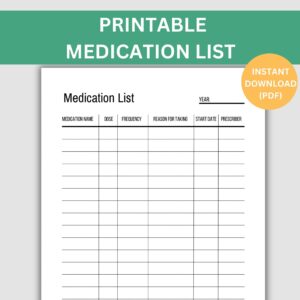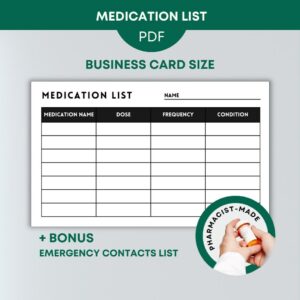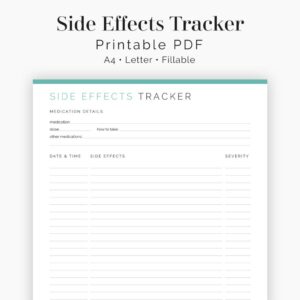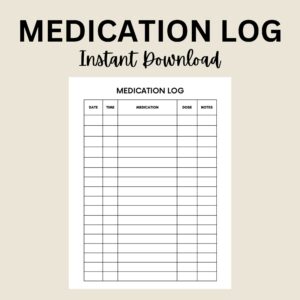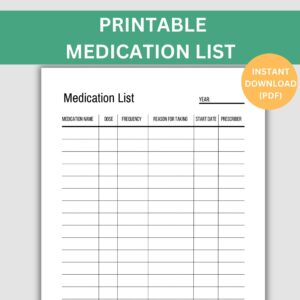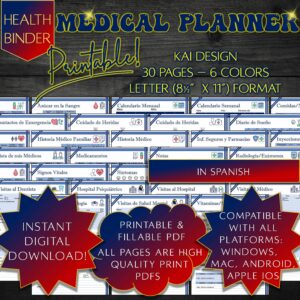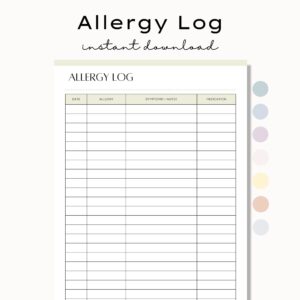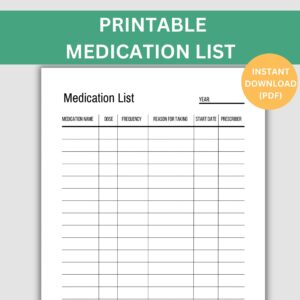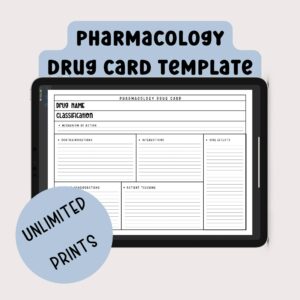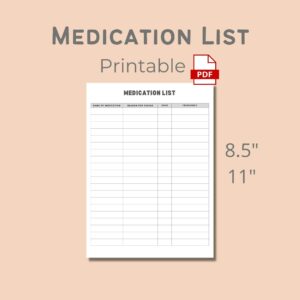Using such a document offers multiple advantages. It facilitates comprehensive and consistent medication management, reducing the risk of errors such as double-dosing or adverse drug interactions. Its portable nature enables immediate access to critical health data during medical appointments, emergencies, or when traveling. Furthermore, it empowers individuals to actively participate in their healthcare decisions by fostering a clear understanding of their medication regimen.
medication
Pocket Sized Medication List Template
Maintaining such a record provides numerous advantages. It facilitates accurate communication with healthcare providers, reducing the risk of medication errors. In emergency situations, it enables first responders and medical professionals to quickly understand a patient’s medical history, ensuring appropriate and timely treatment. Furthermore, it aids in medication reconciliation during hospital admissions and discharges, minimizing potential adverse drug interactions.
My Medication List Template With Side Effects
Utilizing such a resource promotes proactive healthcare management, reducing the risk of medication errors, duplications, and harmful interactions. The inclusion of side effect information empowers individuals to recognize and report any concerning symptoms promptly, leading to timely interventions and improved health outcomes. It also aids in emergency situations where immediate access to a patient’s medication history is crucial.
Medication Log Medication List Template
Utilization of such a record promotes adherence to prescribed regimens. It facilitates the identification of potential drug interactions or adverse effects. Accurate and up-to-date information minimizes the risk of medication errors. Furthermore, it empowers individuals to take a more active role in their own healthcare.
Medication List Template With Monthly Check Off
The consistent utilization of such a form promotes patient safety through the reduction of potential drug interactions, duplications, and omissions. By providing a clear and up-to-date record, it empowers individuals to actively participate in their healthcare, leading to improved medication adherence, better health outcomes, and reduced healthcare costs associated with medication-related adverse events. Furthermore, it streamlines medication reconciliation processes during hospital admissions and discharges.
Medication List Template In Spanish
Utilizing such a resource improves accuracy and reduces the risk of medication errors. It provides a readily available reference during medical appointments, emergencies, and hospital admissions, contributing to better informed clinical decision-making. Furthermore, this tool empowers individuals to actively manage their health and communicate effectively with medical professionals, particularly within Spanish-speaking communities.
Medication And Allergy List Template
Maintaining such a record offers several advantages. It reduces the risk of adverse drug interactions and allergic reactions, minimizes medical errors, and facilitates informed decision-making during emergency situations. Having this information readily accessible streamlines communication between patients and healthcare professionals, improving the quality of care and enhancing patient safety. Furthermore, it empowers individuals to actively participate in their own healthcare management.
Ice And Medication List Template
Employing such a structured form improves the speed and accuracy of emergency response. It ensures that designated individuals are notified promptly and that medical personnel can make informed decisions based on a readily available and detailed medication profile, potentially mitigating adverse reactions and improving patient outcomes.
Field Trip Medication List Template
Employing a structured form streamlines the process of medication management for educational excursions. It reduces the potential for errors, promotes clear communication between parents, school staff, and chaperones, and aids in compliance with relevant health and safety regulations. Using this type of organized record helps ensure the safety and health of students with medical needs on field trips.
Build Discharge Medication List Template
Utilizing this structured document enhances patient safety and improves adherence to medication regimens. Clear and concise instructions empower patients and caregivers to manage medications effectively. Furthermore, it facilitates seamless communication between healthcare providers, including pharmacists and primary care physicians, reducing the risk of conflicting information or unintended omissions.
